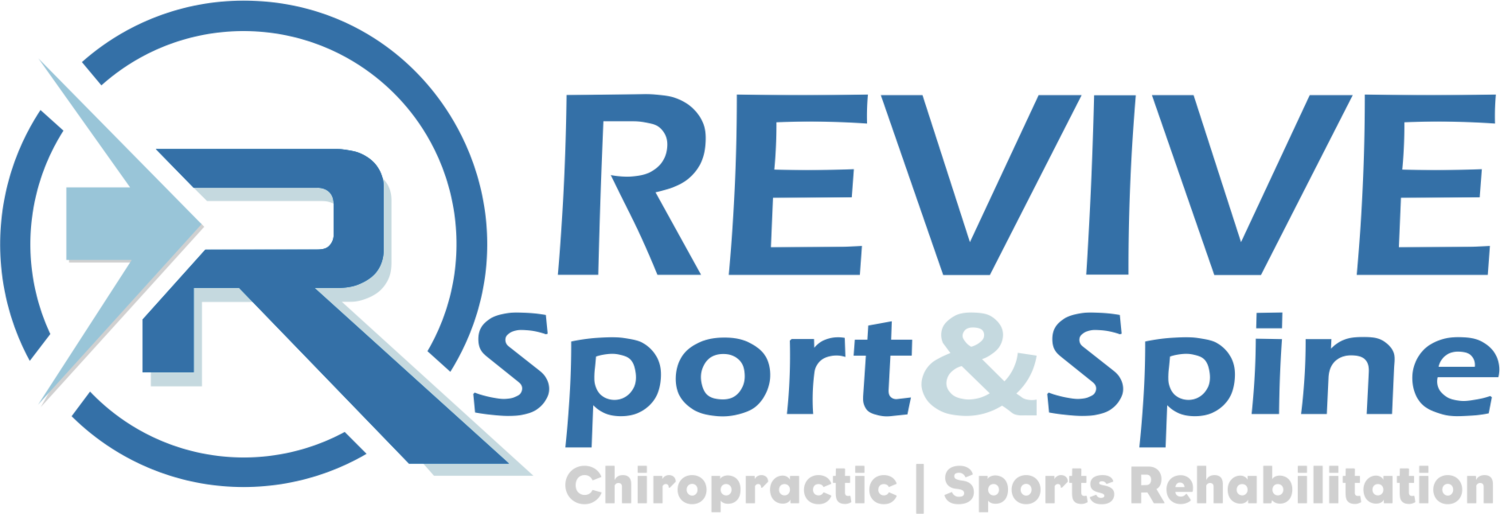So we have made it to this point. You have been rolling, stretching, warming up before your runs, but your nagging shin splint pain will not go away. Maybe it has improved 50%, but as you continue to train for your upcoming event, the pain has plateaued. Sound familiar?
I know it has for me. As we discuss treatment options here in part three of our Medial Tibial Stress Syndrome series, a few of the techniques we show that are commonly used here in the office were used to help me overcome my battle with shin splints when I was working toward my first marathon.
Just with any other injury, if you are truly doing everything you can (allowing ample time to warm-up before exercise, training within your limits and not hanging too long in the upper limits as you progress, you are stretching, rolling, and giving constant attention to recovery and rest) and you can not shake the pain after 10-14 days, YOU NEED HELP! Our goal with this series is to give you options, ideas, and a direct path of the things you should be doing, but if they don’t get you to where you need to be, or out of pain…that is why we are here!
Below are a few of the treatment options we typically utilize when caring for medial tibial stress syndrome, as well as a basic return to running rehab protocol that not only provides strength in needed areas but is aimed at preventing future injuries.
NOTE: The care we provide is adapted to each individual person and their presenting condition. What works for one athlete may not work for another. This is where the exam and functional analysis come in. If any of these exercises cause pain, STOP, and seek care from licensed professionals. (Like Us!)
SHIN SPLINTS: IN OFFICE TREATMENT
MYOFASCIAL RELEASE
IASTM - Instrument Assisted Soft Tissue Mobilization
DYNAMIC CUPPING THERAPY
DRY NEEDLING THERAPY
KINESIO TAPING
SHIN SPLINT REHABILITATION PROTOCOLS
Medial Tibial Stress Syndrome - Rehabilitation Exercises - Phase 1
Medial Tibial Stress Syndrome - Rehabilitation Exercises - Phase 2
Dr. Reheisse is a Board Certified Chiropractic Sports Physician practicing in Cottonwood Heights Utah. Revive Sport & Spine provides evidence-supported chiropractic care and conservative sports injury management.

